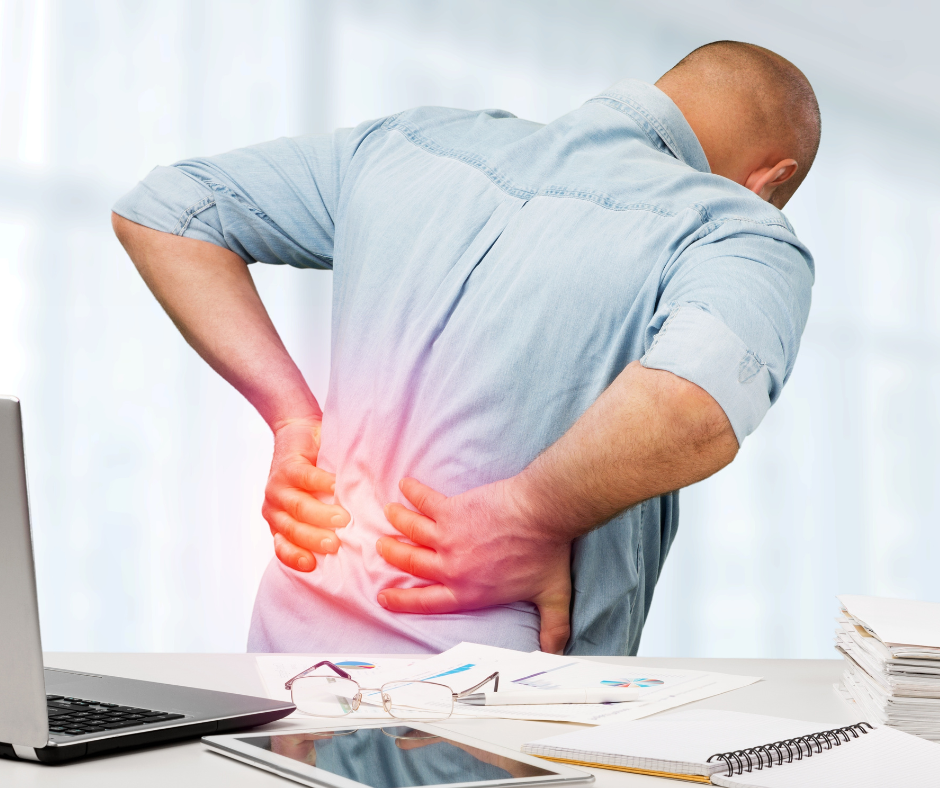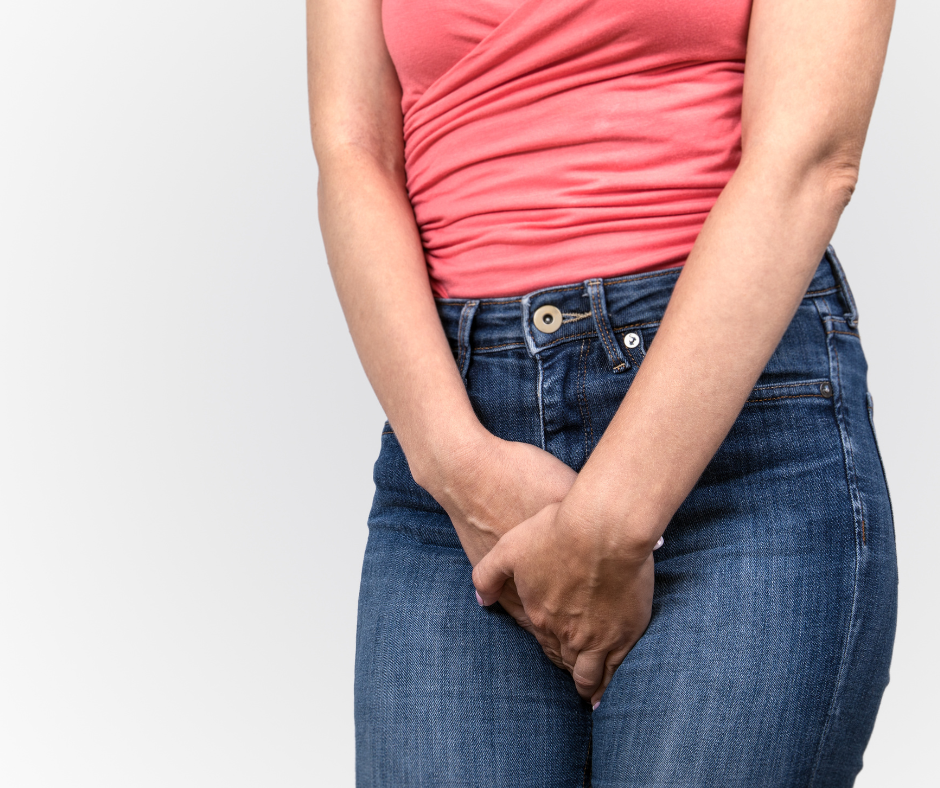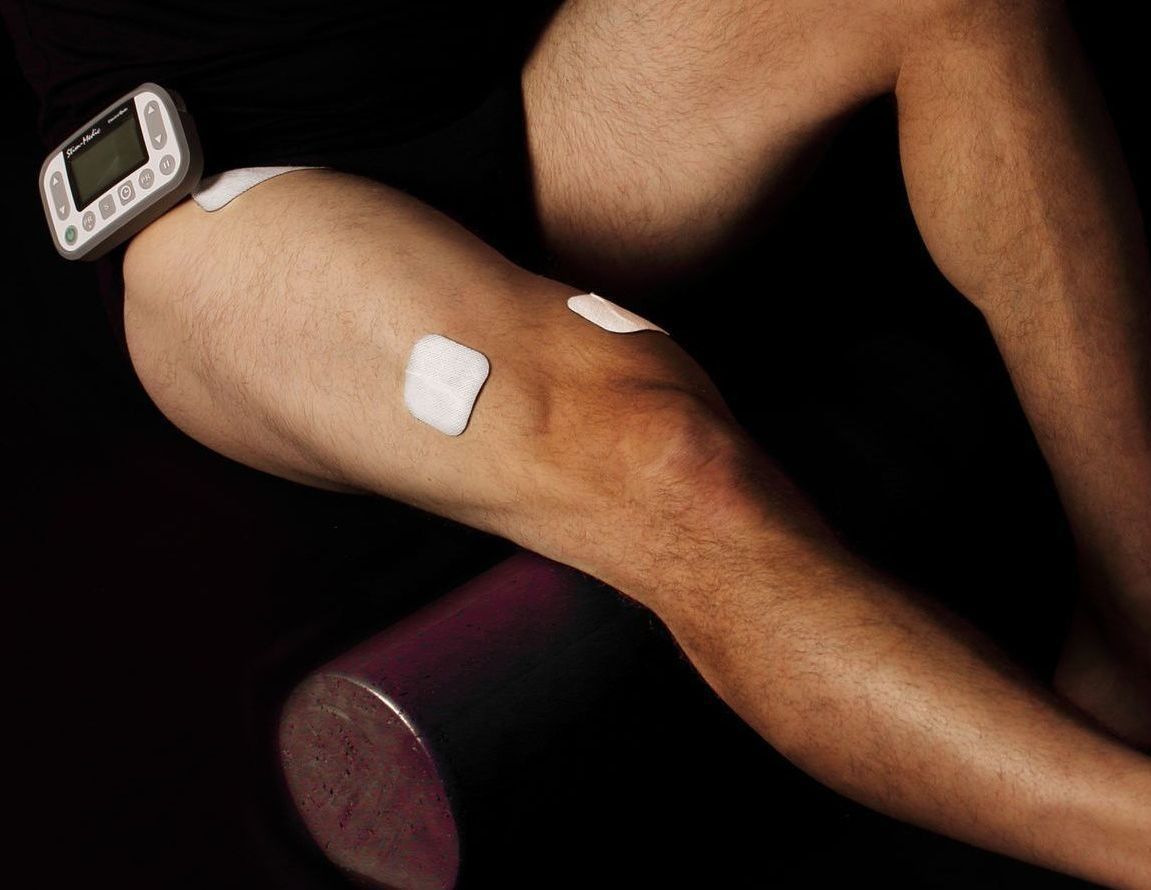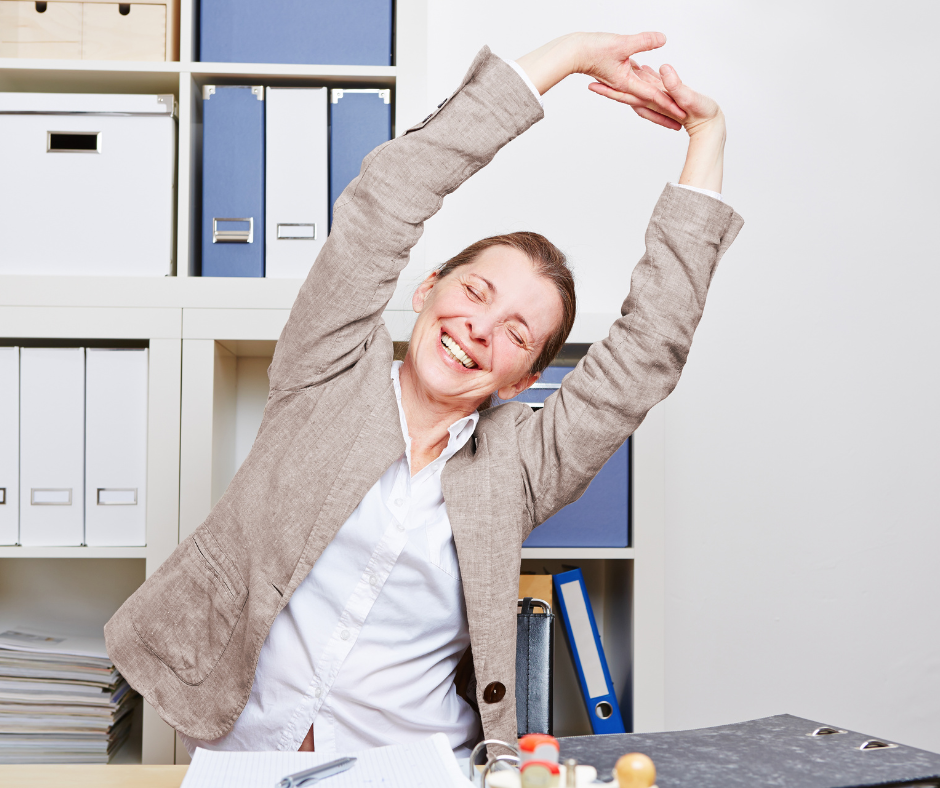SET Magazine
Articles on Electrotherapy

Stay Active This Summer: Take Control with Self-Care Summer is the perfect time to explore, travel, get moving, and finally tackle all those projects that were on hold. Whether you're road-tripping, hiking, renovating, or simply soaking up the sun, this vibrant season invites us to push our limits and enjoy life to the fullest. But with increased activity often comes unexpected physical strain. Long hours on the road, repetitive movements, and intense efforts can quickly lead to discomfort or pain. When that happens, your body is sending a clear message: it’s time to act—before it disrupts your plans. The good news? You can take care of yourself right from home, without putting your summer on pause. Self-Care: Your Best Ally for an Active Summer Self-care is about listening to your body and taking proactive steps to maintain your well-being. It's a way to stay in control, especially when pain tries to slow you down. One of the most effective and user-friendly tools for self-care? The TENS unit. Why Choose TENS This Summer? TENS (Transcutaneous Electrical Nerve Stimulation) is a proven, drug-free method to relieve pain. It’s safe, easy to use, and fits perfectly into an active lifestyle. Here’s why it’s worth bringing along on your summer adventures: Fast and effective relief : Feel better in minutes, with results lasting between 2 to 8 hours. 100% natural, medication-free solution : No side effects—just relief. Discreet and portable : Wear it under your clothes while you go about your day. Stay active without compromise : Keep doing what you love, at your own pace. Supports professional care : Complements physiotherapy and rehabilitation treatments. Effective for various pain types : Including musculoskeletal, discogenic, and postural pain. Easy to use: no steep learning curve — you can start using it today, with guidance from healthcare professionals. Personalized and proactive pain management : Empower yourself to respond quickly and consistently. Listen to Your Body—and Keep Moving Pain doesn’t have to hold you back. With the right tools and a bit of guidance, you can enjoy all that summer has to offer—without sacrificing your comfort or well-being. By adding TENS to your daily routine, you’re taking a step toward freedom, movement, and greater autonomy over your health. Need advice or personalized support? Our experts are here to help you choose the right device and guide you in using it effectively. Get in touch with us today!

Imagine living with constant pain. It never fully leaves you. Sometimes dull, sometimes sharp, it colours your days and haunts your nights. This persistent discomfort keeps you from moving as you’d like, working, sleeping, or simply enjoying a quiet moment. Over time, you become more tired, more irritable, more withdrawn. You feel alone, discouraged, and sometimes even misunderstood. What if it’s not just the pain... but everything that comes with it? This scenario, far from rare, reflects the daily reality of many people living with chronic pain. What is less often acknowledged — even in healthcare settings — is how deeply mental health and physical pain intertwine. They interact, feed into each other, and sometimes become entangled in a vicious cycle that is hard to break. The connection between chronic pain and mental health conditions such as anxiety, depression, or post-traumatic stress is now well documented. Yet, as Bhatt and colleagues (2024) point out, “there is often no explicit recognition of the role of comorbidities and the bidirectional relationship between mental health and pain.” Comorbidities refer to the simultaneous presence of multiple health conditions that can interact and reinforce each other. In this case, it refers to the coexistence of chronic pain and mental health disorders. This means that even when both issues are present, they are often treated separately, as if unrelated. And yet… Chronic pain increases the risk of developing depressive, anxiety, or sleep disorders. Poor mental health can amplify pain, reduce physical and emotional tolerance, and interfere with treatment. Together, they can weaken motivation, reduce mobility, impact social relationships, and even jeopardize employment. This combination—often referred to as a dual burden—is more than a sum of symptoms: it is a state of prolonged vulnerability that demands urgent attention. A double burden still too often overlooked The combination of chronic pain and psychological distress is often invisible to others—and unfortunately also to healthcare systems. Too often, therapeutic approaches are siloed: physical pain is treated on one side, mood disorders on the other, with no bridge between the two. Yet the data is clear: these problems are not merely coexisting—they are interconnected. For instance, individuals with bipolar disorder are twice as likely to experience chronic pain compared to the general population (Nicholl et al., 2014). These individuals are also at greater risk of social and occupational exclusion. Indeed, those affected by this dual reality contribute disproportionately to higher rates of absenteeism (frequent work absences) and presenteeism (being at work but with reduced effectiveness). Despite this, as Bhatt et al. emphasize, “pain is not typically assessed in individuals with mental health disorders,” and the reverse is also true: many people living with chronic pain suffer from undiagnosed, unrecognized, and therefore untreated psychological distress. When only one side of the equation is treated Ignoring one of the two dimensions—mental or physical—risks repeated therapeutic failures. An intervention plan focused solely on physical activity, without accounting for depressive symptoms, may be poorly received or difficult to follow. Conversely, a psychological therapy that neglects persistent and disabling pain may seem disconnected from the person’s lived reality. This observation may seem discouraging, but it also points to solutions. Pathways out of the vicious cycle Breaking the spiral between pain and mental health is not easy, but it is possible. And most importantly: it is not just a matter of individual willpower. It is a collective, clinical, and societal challenge. Here are some tangible strategies that can truly make a difference: 1.Think in terms of interactions, not silos The first step is to explicitly recognize the link between pain and mental health. This means training healthcare professionals to ask the right questions, approach sensitive topics without judgment, and use tools that take the whole person into account. For example, prognostic tools can help rehabilitation clinicians identify biopsychosocial factors that influence recovery, including mood, motivation, fear of movement, or social support. (Tousignant-Laflamme et al., 2023) 2. Promote integrated and interdisciplinary care The most effective care often comes from bringing together multiple perspectives: physiotherapy, psychology, medicine, social work, etc. These combined approaches allow for intervention on the body, emotional experience, and life context. This is the essence of the biopsychosocial approach, which seeks to understand how these three spheres interact in each individual. It is especially relevant for those living with chronic pain, as their situation cannot be reduced to a simple injury or isolated mental disorder. 3.Encourage practical and accessible strategies Simple interventions can have a meaningful impact on well-being, especially when they are supported and personalized: Gradual and adapted physical exercise Body awareness programs (yoga, Tai Chi, breathing exercises) Relaxation or mindfulness activities Cognitive-behavioural therapies to better manage pain and emotions Pain education, to demystify it and regain agency These approaches are still underused, often due to lack of training or resources, but are supported by scientific literature. 4.Actively combat stigma Too often, individuals living with chronic pain or psychological disorders feel judged, ignored, or dismissed. This stigma prevents them from seeking help or accessing adequate care. (Roughan et al., 2021) Awareness campaigns, training for healthcare workers, and personal testimonies can help break isolation and foster a more compassionate care culture. 5.Acknowledge the importance of social roles and work Work is not just a means of earning a living: it contributes to identity, self-esteem, and social connection. Bhatt et al. emphasize that good working conditions can have a protective effect on mental health, even in the presence of pain. This implies supporting gradual return-to-work plans, adapting tasks when needed, and valuing the person’s other social roles (parent, caregiver, volunteer…). (Bhatt et al., 2024) A broader perspective, a more humane response Chronic pain is not just a physical symptom. And psychological distress is not healed through talk alone. These are complex realities, deeply rooted in lived experience, the body, and life context. Attempting to treat one without the other risks failure. But acknowledging their interaction opens the door to more comprehensive, fair, and effective care. Sources: · Bhatt, K., Palomares, A. C., Jutila, L., Rohde, I., Forget, P., & Societal Impact of Pain Platform (SIP). (2024). The pain and mental health comorbidity. Epidemiology and Psychiatric Sciences, 33, e46. https://doi.org/10.1017/S204579602400057X · Nicholl, B. I., Mackay, D., Cullen, B., Martin, D. J., Ul-Haq, Z., Mair, F. S., Evans, J., McIntosh, A. M., Gallagher, J., Roberts, B., Deary, I. J., Pell, J. P., & Smith, D. J. (2014). Chronic multisite pain in major depression and bipolar disorder : Cross-sectional study of 149,611 participants in UK Biobank. BMC Psychiatry, 14, 350. https://doi.org/10.1186/s12888-014-0350-4 · Roughan, W. H., Campos, A. I., García-Marín, L. M., Cuéllar-Partida, G., Lupton, M. K., Hickie, I. B., Medland, S. E., Wray, N. R., Byrne, E. M., Ngo, T. T., Martin, N. G., & Rentería, M. E. (2021). Comorbid Chronic Pain and Depression : Shared Risk Factors and Differential Antidepressant Effectiveness. Frontiers in Psychiatry, 12, 643609. https://doi.org/10.3389/fpsyt.2021.643609 · Tousignant-Laflamme, Y., Houle, C., Longtin, C., Gérard, T., Lagueux, E., Perreault, K., Beaudry, H., Tétreault, P., Blanchette, M.-A., & Décary, S. (2023). Prognostic factors specific to work-related musculoskeletal disorders : An overview of recent systematic reviews. Musculoskeletal Science and Practice, 66, 102825. https://doi.org/10.1016/j.msksp.2023.102825

Presenteeism refers to a situation where an employee is present at work despite physical or mental health problems, resulting in reduced productivity and efficiency. Unlike absenteeism, where the repercussions are visible and quantifiable (lost work days), presenteeism is more insidious, as it involves an employee who is physically present but operating well below optimum capacity.

As an informed and active woman, you're aware that pregnancy and childbirth take a significant toll on your body, especially impacting your abdominal muscles and pelvic floor. After carefully following postnatal advice to gradually resume your activities, you started exercising again a few weeks after your baby's birth. However, you now find yourself dealing with urinary leaks during physical exertion, a frustrating and embarrassing issue that can disrupt your daily life.








